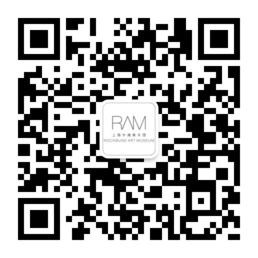| Venue: | Fudan university |
|---|---|
| Speaker: | Liang Jie |
| Category: | Talks |
| Language: | Chinses |
SHARE with friends
About the Talk
In “How Asia Art Archive Works,” the first talk in the series of Questions about Asian Contemporary Art Research, the speaker Anthony Yung explained that one of the research directions at Asia Art Archive (AAA) is “art ideologies and practices beyond the traditionally defined borders of nation.” In recent years, the communities of contemporary arts and thought in Asia have devoted numerous researches, seminars, exhibitions and performances, and publications to highlighting the diversity within the East World and initiating dialogues among different societies in Asia. Efforts are being made to break the still prevailing East-West dualistic framework, unearth the previously covered and neglected original culture resources in Asia, and renew the meaning of the modernity of both China and the whole East World. Inter-Asia School (IAS) is playing a critical role in these efforts.
IAS is an international civil organization dedicated to creating a critical new platform of dialogues among Asian intellectuals and exploring new modes of knowledge production for the staging and formation of the Asian community of thought. It aims to break the long-lasting barriers of interactions and the predicaments of thought engendered by colonialism, wars and the Cold War, with a hope to bring about solidarity and cooperation among intellectuals in Asia.
In this talk, IAS’s researcher Liang Jie will introduce the organization by focusing on the following questions: What are the basic consensuses among Asian intellectuals regarding Asian culture? After its continuous development and adjustment over these years, what are the research priorities of IAS? And what lessons have been learned in organizing cross-cultural dialogues at IAS? Why is IAS planning to focus on publications and its own database establishment in the coming days? How can the communities of contemporary arts and thought in Asia interact through IAS? How can art museums, higher education institutions and individual researchers collaborate with IAS? As IAS and RAM are both dedicated to promoting the development of Asian contemporary arts, what are their shared challenges?
About the Speaker
Liang Jie, born in Shanghai, now serves as a faculty member of the School of Economics, Shanghai University of Finance and Economics, and a researcher at Inter-Asia School. He holds a PhD in Economics from Fudan University, and was a postdoctoral fellow at Monash University in Australia. He is specialized in Institutional Economics and Game Theory, and has great passions for economic ideology and development research, and regional research of South Asia and Southeast Asia. The places where he has conducted academic research include Australia, India and Singapore. Liang has published papers on Economics and review articles totaling hundreds of thousands of words, and translated a number of treatises on Economics, including The Complexity of Cooperation, Towards a Unity of the Social Science – a Collection of Literature by Herbert Gintis and Samuel Bowles at Santa Fe Institute, and Gonzo Marketing. He also co-founded DuPin, an online magazine, and contributed to the establishment of Dinghaiqiao Mutual-Aid Society.


